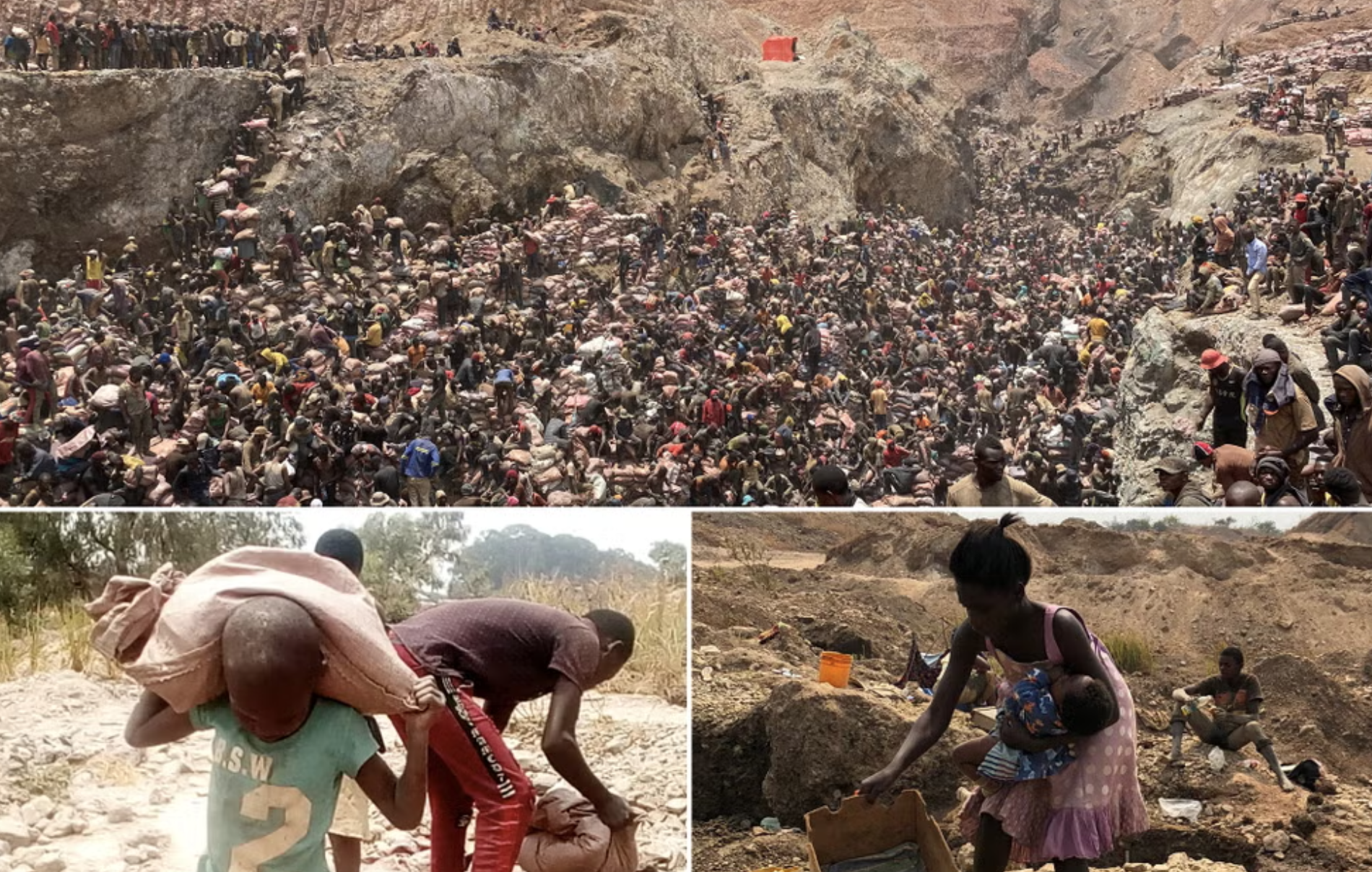In 2014, the United Nations Children’s Fund (UNICEF) reported that about 40,000 children worked in mines in the south of the Democratic Republic of Congo (DRC), with many of the children engaging in cobalt mining. Research by Amnesty International and African Resources Watch (Afrewatch) in 2016 found that constant exposure to cobalt dust leads to fatal respiratory diseases such as asthma and hard metal lung disease. Child labor in cobalt mines exposes children to the risk of developing diseases and injuries as they often work without the appropriate protective gear.
Poverty and Child Labor in Cobalt Mines
Cobalt is a type of metal commonly used in lithium-ion batteries. The DRC is the leading mecca for cobalt production as the nation holds more than 50% of the global cobalt reserves. The excavation fields are mostly small artisanal mines, often lacking resources and protective equipment, such as gloves and masks, necessary for safer mining activities. Due to poverty rates in the country, child labor is common in mining and other sectors. In 2022, close to 62% of Congolese people, equal to around 60 million individuals, survived on less than $2.15 a day, the World Bank highlights.
Despite the poor and hazardous working conditions, children continue to work in these artisanal mines out of necessity. Impoverished families struggle to meet their basic needs and cannot afford the cost of school fees, therefore, many parents push their children to contribute to the household income by working in small mines that operate under little to no regulations. Some children do not attend school at all and engage in mining work full time while others do attend school and engage in this work after school or on weekends.
Although the Congolese government enacted the DRC Child Protection Code of 2009, which provides” free and compulsory primary education,” the lack of sufficient government funding for education places the responsibility of paying non-tuition fees, such as teachers’ salaries and uniform costs, on parents. Parents have to pay between 10,000 to 30,000 Congolese Francs ($10-30) a month, an expense unaffordable for many.
The Child Labor Experience
The exact nature of child labor in cobalt mines differs from site to site. Generally, children excavate in ditches, work in rivers, turn and sort the metal and haul heavy materials. If children are too young to work alone, they work with their mothers, helping with digging or sorting. According to research by Amnesty International and Afrewatch, children work for up to 12 hours a day in the mining fields. Even schoolchildren work similar hours on weekends.
In 2015, Amnesty International and Afrewatch researchers interviewed 17 Congolese children who worked or still work in the mines. The child miners shared their experiences, with many recounting that the mining areas are often sweltering or drenched with rain, lacking any overhead protection. The interviewees also reported that some security guards hired by the mining companies physically mistreated them or stole their wages.
Ending Child Labor in Cobalt Mines
UNICEF and the Global Battery Alliance (GBA), “a public-private collaboration platform founded in 2017 at the World Economic Forum to help establish a sustainable battery value chain by 2030,” are working to end child labor in the cobalt mines of the DRC. One of the partnership’s aims is to reintegrate into education 500 children from Kipushi territory who exited work in the mining sector. Social workers working for UNICEF register the children in the civil registry and some are placed in foster care if necessary. Children who have experienced violence or abuse also receive counseling and medical services. In 2021, 271 former Congolese child miners returned to school.
In 2021, UNICEF collaborated with RCS Global Group to develop and distribute a toolkit to help prevent child labor in cobalt mines as part of their Mitigating Child Rights Deprivations in ASM (Artisanal Small-scale Mining) Communities Project. Mining companies and supply chain stakeholders utilize the toolkit for identifying infringements on child rights and implementing more effective social protection measures in the affected communities.
